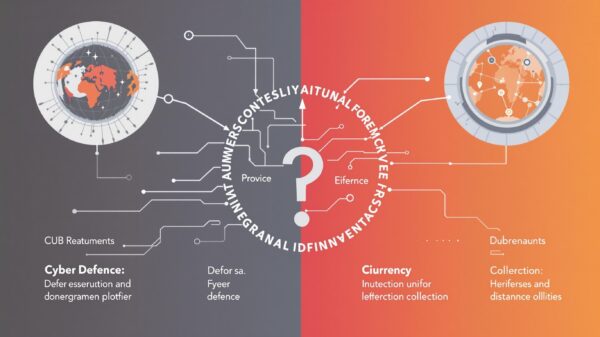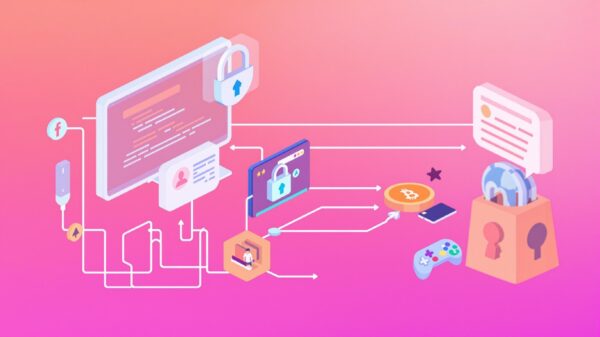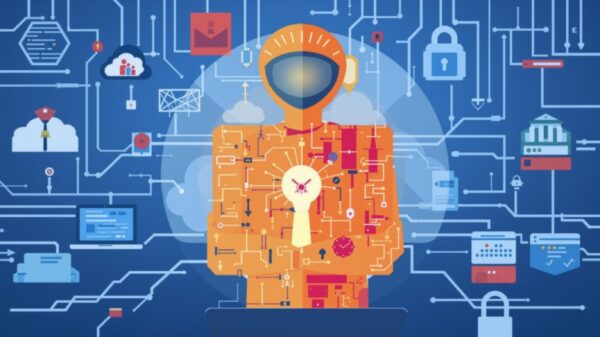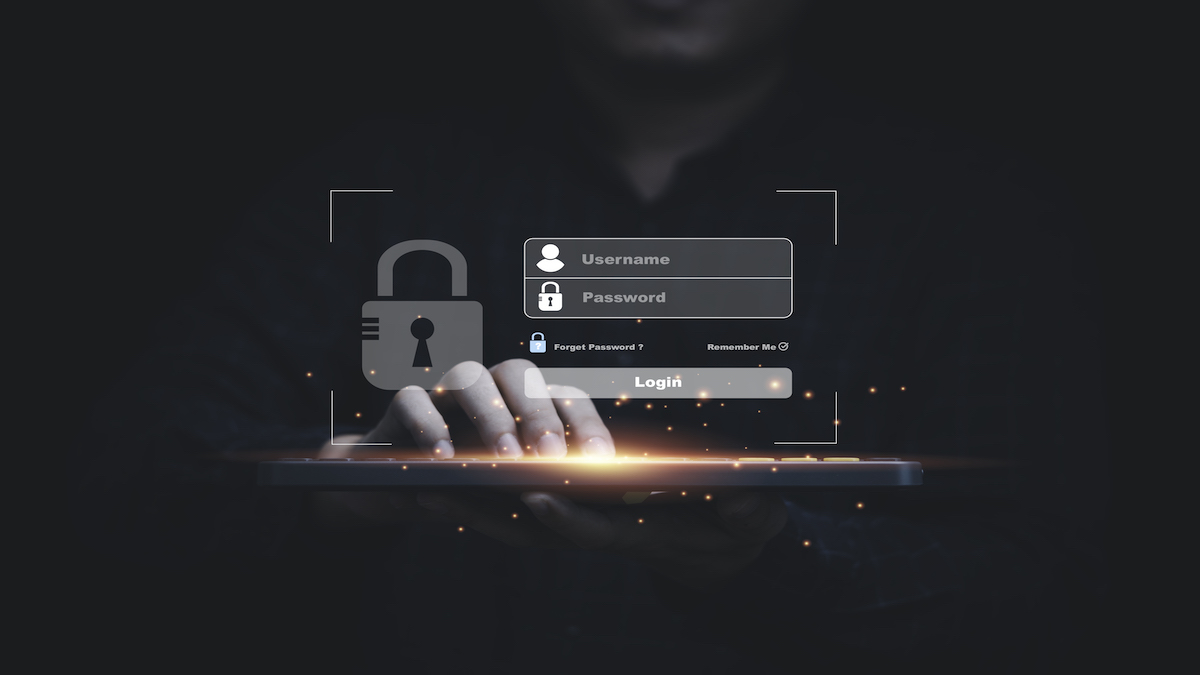In the wake of several significant cybersecurity incidents over the past few years, including the SolarWinds attack, a substantial breach through a Microsoft Exchange Server flaw, and an exploit via Microsoft’s cloud by Chinese hackers, Microsoft is undertaking a robust shift in its approach to security. This transformation is necessary not only to safeguard Microsoft’s systems but also to protect the immense trust placed in the company by millions of businesses and users worldwide.
The Secure Future Initiative
To address these challenges, Microsoft has launched the Secure Future Initiative (SFI). This initiative aims to overhaul how the company designs, builds, tests, and operates its software and services. The SFI marks the most significant shift in Microsoft’s security strategy since the introduction of the Security Development Lifecycle (SDL) in 2004, which was a response to the Blaster worm attack on Windows XP.
As part of the SFI, Microsoft plans to incorporate more automation and AI into its software development process. The company intends to utilize CodeQL, a powerful tool for running queries on source code repositories to find potential vulnerabilities. This integration promises to increase security by adding automated checks at various stages throughout the development process.
Microsoft’s leadership, including CEO Satya Nadella and Senior Vice President Charlie Bell, have highlighted three key engineering advances within the SFI. First, they will employ AI and automation to enhance security and quickly detect threats. Second, they aim to drastically reduce the mitigation time for cloud vulnerabilities, aiming for a 50% improvement on the industry standard of 90 days. Lastly, they plan to move identity platforms to confidential computing infrastructure – a novel technology that ensures the protection of data even during computation.

Developing an AI-Based “Cyber Shield”
Microsoft is shaping its own AI-based “cyber shield,” leveraging the vast data and insights from its global cloud assets. This technology will supercharge threat detection, helping to identify threats in a faster and more efficient manner.
Microsoft is also turning its attention to some foundational elements by improving security defaults. The company aims to expand Multi-Factor Authentication (MFA) settings across more customer services, a move that would add an extra layer of security and further protect customer data against unauthorized access.
A Look at Azure’s Security Lapse
Even amidst these advancements, cybersecurity remains a challenging field. An example is the recent security lapse on Microsoft’s Azure that led to the exposure of 38TB of data by Microsoft AI researchers. This breach underscores the importance of better management and revocation of Azure feature tokens, such as SAS tokens. Lessons from this incident serve as a powerful reminder that security needs constant vigilance and continuous improvement.
Beyond advancements in technology and process, Microsoft’s vice-chair and president, Brad Smith, has called for an international legal protection framework for cloud services, recognizing them as critical infrastructure. In his view, nation-states must also be held accountable for cybersecurity breaches and exploitation efforts. He urges states to commit publicly against engaging in cybercriminal activities targeting critical infrastructure and to refrain from installing software vulnerabilities within these networks.
Conclusion
In recent years, cybersecurity has taken center stage in discussions surrounding technology and data. Microsoft’s Secure Future Initiative is an example of how companies can step up to face the emerging challenges in this field. While the road may be fraught with challenges and uncertainties, these constructive efforts to improve security practices, technologies, and global cooperation in cybersecurity enforcement are a promising step towards a safer digital world.






















